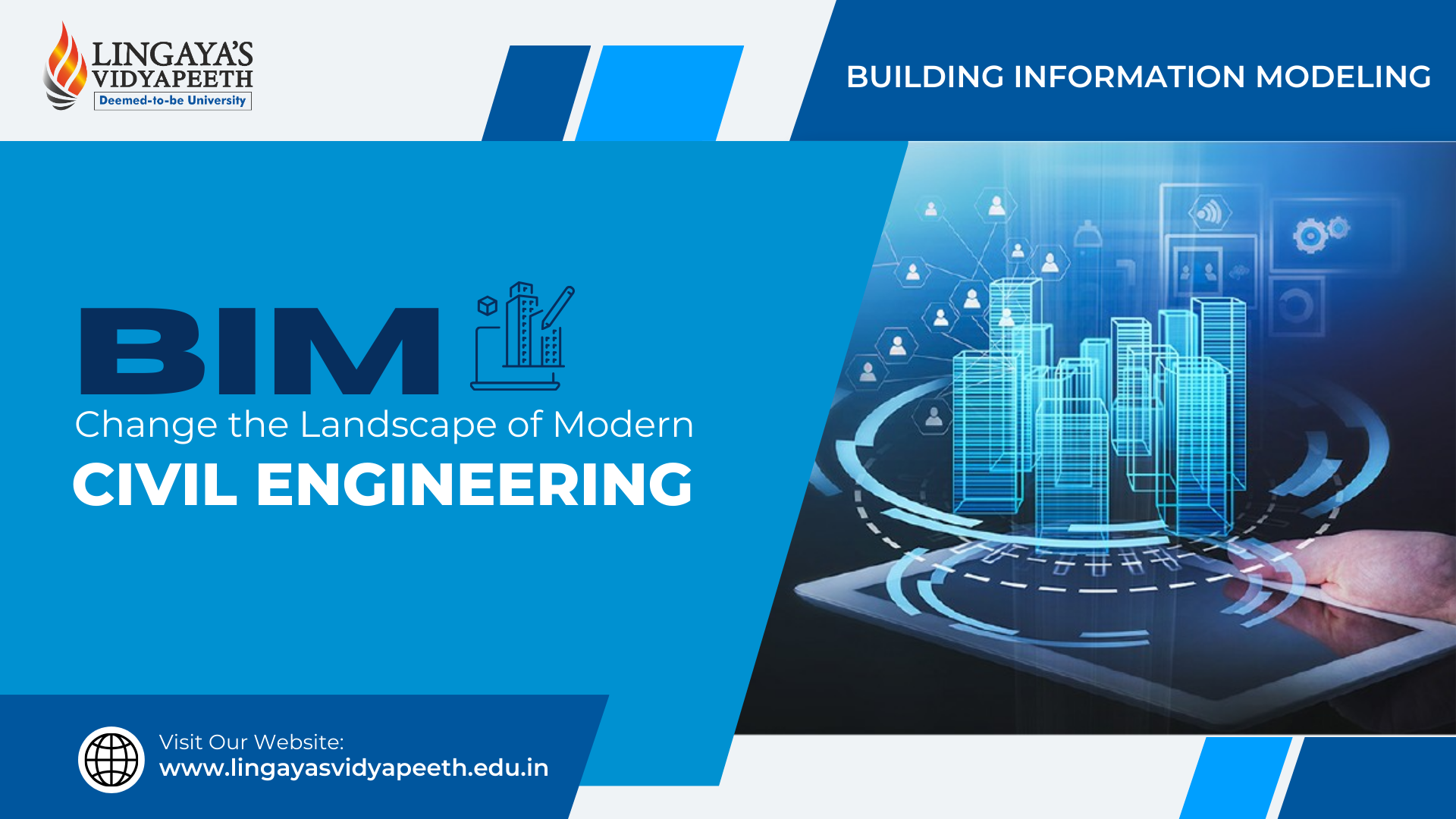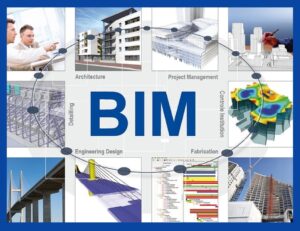Home » How Does BIM Change the Landscape of Civil Engineering?

For decades, civil engineers relied on stacks of 2D drawings and siloed information to plan and build our infrastructure. But the industry is undergoing a digital transformation, and at the forefront of this change is Building Information Modeling (BIM). This innovative technology isn’t just about creating 3D models; it’s about building a smarter way to build.
BIM is a collaborative process that creates a central digital model of a construction project. This model contains not just the physical geometry of the structure, but also a wealth of information about the materials, specifications, sustainability attributes, and even lifecycle data of the building. Imagine a virtual information hub for your entire project, accessible to all stakeholders in real-time.
BIM offers a plethora of benefits that are revolutionizing civil engineering:
Seismic Reliability Protect Critical Structures

BIM is a powerful tool for promoting sustainable design and construction. Here’s how:
Despite its numerous advantages, BIM adoption still faces some challenges:
Latest Technological Advancements in Civil Engineering Education
The future of BIM is bright. As the technology matures and becomes more cost-effective, we can expect to see:
Conclusion-
As the adoption of BIM continues to grow, civil engineers are poised to unlock new possibilities for innovation, efficiency, and resilience in infrastructure development. By embracing BIM as a transformative tool for design, construction, and asset management, engineers can drive positive change and shape a built environment that meets the needs of society while preserving the planet for future generations.
Choose Lingaya’s Vidyapeeth for pursuing B.Tech and M.Tech in Civil Engineering for an unparalleled academic experience. Take advantage of industry-relevant curriculum, cutting-edge facilities, and highly qualified faculty. You’ll be prepared for success in the fast-paced area of civil engineering with our emphasis on research, practical skills, and industry connections. Choose the best, choose Lingaya’s Vidyapeeth!
From
Dr. Divyashree
Associate Professor & Head
Department of Civil Engineering
Lingaya’s Vidyapeeth
Top Civil Engineering College in Delhi NCR
RECENT POSTS
CATEGORIES
TAGS
Agriculture Agriculture future AI Architecture artificial intelligence Bachelor of Commerce BA English BA Psychology BTech AIML BTech CSE BTech cybersecurity BTech Engineering Business management career Career-Specific Education career guide career option career scope Civil engineering commerce and management Computer Science Computer science engineering Data science degree education Engineering Engineering students English Literature english program Fashion Design Fashion design course Higher Education Journalism journalism and mass communication law Law career Machine Learning mathematics MBA MBA specialization Mechanical Engineering Pharmacy Psychology Research and Development students
Nachauli, Jasana Road, Faridabad, Haryana
Address: C-72, Second Floor, Shivalik, Near Malviya Nagar,
Above HDFC Bank, New Delhi 110017
Landline No. - 011-46570515 / 45138169 / 41755703
Mobile No. - +91-7303152412 / +91-7303152420 / +91-9311321952
Toll Free: 1800-120-4613
Mobile : 8447744303 | 8447744304 | 8447744306 | 8447744309
8700003974 | 8700003411 | 8700003749
Copyrights © 1998 - 2025 Lingaya's Vidyapeeth (Deemed To Be University). All rights reserved.
LV only conducts physical/online verification of any document related to examination on the following email id:
It is important to note that the following email IDs and domains are fraudulent and do not belong to our university.